The volume spread into three parts in 13 chapters deals with the present status of wastelands, and technology adopted for its developments. It explicitly defines the wastelands, their nature, extent and also gives reasons for their formation. The nine land use categories viz. forests, area under non-agricultural uses, barren and unculturable lands, permanent pasture and other grazing lands, lands under miscellaneous tree crops and grooves, culturable wastelands, fallow lands other than current fallows and net area shown are also listed. The book summarizes the comprehensive field research work carried out on degraded forests, ravine lands, mine over burdens, bhata lands, saline and alkaline soils, other wastelands including water-logged areas and periodically inundated areas.
Massive environmental degradation is evidently unavoidable in case of large scale mechanized open-cast mining. The vast tracts of lands are turned upside down, their vegetative cover destroyed and fertility of soil reduced to zero allowing no generation of green cover. The book focuses attention on the reclamation and rehabilitation of these lands, practicing special techniques, planting methods, which resulted in good growth rate and biomass production on these mine- overburdens. Role of bio-fertilizers in wasteland development and forest production and application of bio-technology in wastelands development have also been dealt with. The book concludes with reviewing the approaches in economic analysis management and planning for wastelands reclamation and development. The volume, it is hoped, would be of direct interest to practicing foresters, forest farmers, forest research workers, soil scientists and all those engaged in wastelands development works to improve nay to save the environment and increase forest production.

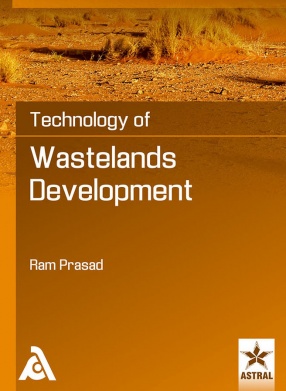

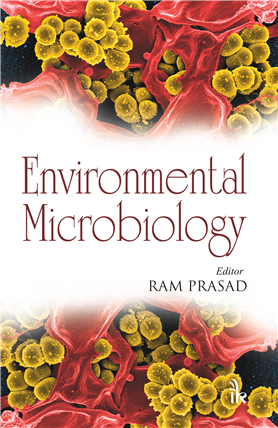
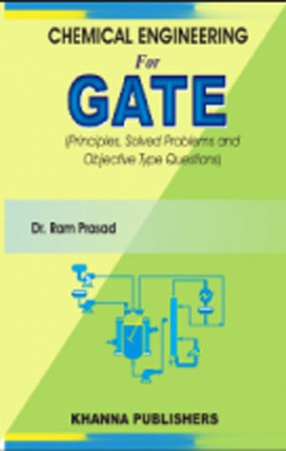

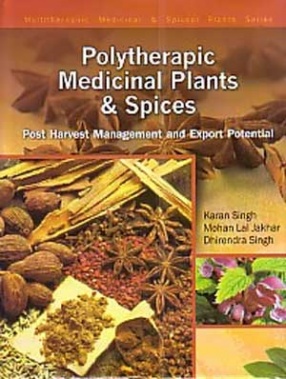
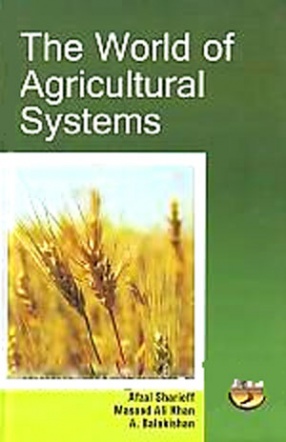
There are no reviews yet.